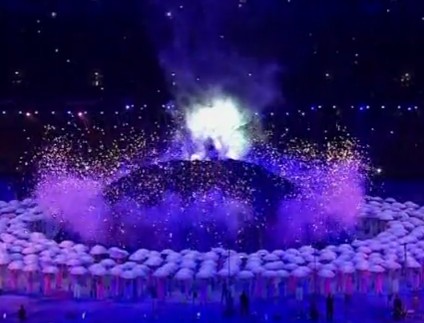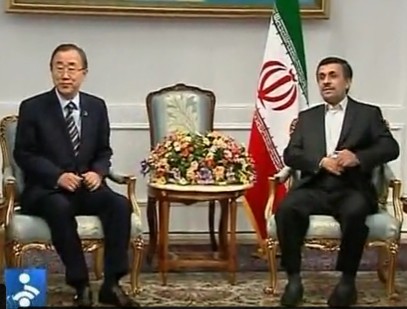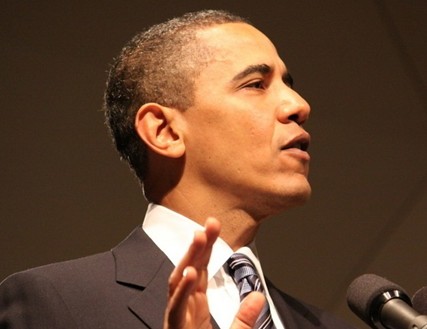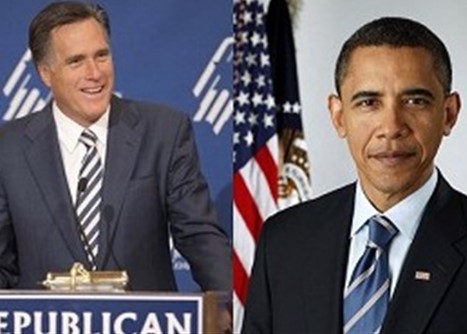【Austrian Programmers Build Free Bridge to Internet】
视频下载(点击右键另存为)
TEXT:For most users, Internet access is a utility, like phone service and electricity. Customers pay a company to access the Web through phone service or cable TV lines. But FunkFeuer's equipment on Vienna rooftops is a different.
It provides wireless network access across large areas using the same open radio spectrum as WiFi. But unlike traditional WiFi, responsible for small wireless networks in homes and offices, the FunkFeuer mesh operates over much bigger distances.
"You could do the same, of course, in a road, from window to window, and just sort of bounce along the road," explained Aaron Kaplan, a founder of the FunkFeuer mesh network. "Then you don't need these complicated, big-looking antennas. You can take just small ones just like this and just put it in your window."
The key is to have enough users to put routers and antennas out in the open, so that every user becomes another provider, further extending the network. If one node has access to the Internet, all of the FunkFeuer users on the network do too.
Many look at the technology as a way to circumvent government Internet controls.
"It's very hard to shut them down, because you have to go after each single node, every single node owner," Kaplan explained. "So it's not easy, it's not as easy as it was in Egypt, where you go to one ISP (Internet Service Provider), which has all the Internet cables going through one building, and you just call them and say you need to shut this down. This is not possible anymore because it's so distributed."
Metalab is a so-called hackerspace in Vienna, where tech enthusiasts collaborate on projects like computer networks as well as radio.
Adrian Dabrowski was one of the first to work on FunkFeuer. Dabrowski recalled first playing with the then-new WiFi possibilities.
"There were these experiments, make an own antenna and get not 20 meters but get 100 meters or get 200 meters and yeah, it was very interesting and suddenly you could build networks over a whole city and it was like a whole new world," Dabrowski recalled.
And here, collaboration with ham radio operators like Clemens Hopfer has led to a new breakthrough that has allowed them to send data by shortwave radio to receivers up to 200 kilometers away.
"If you want to spread links across a big country, it's not that easy to do it, but, it is possible," Hopfer said.
Programmers say the technology holds great promise - and to help spur innovation, all of their plans and technical memos are available free, online.





















